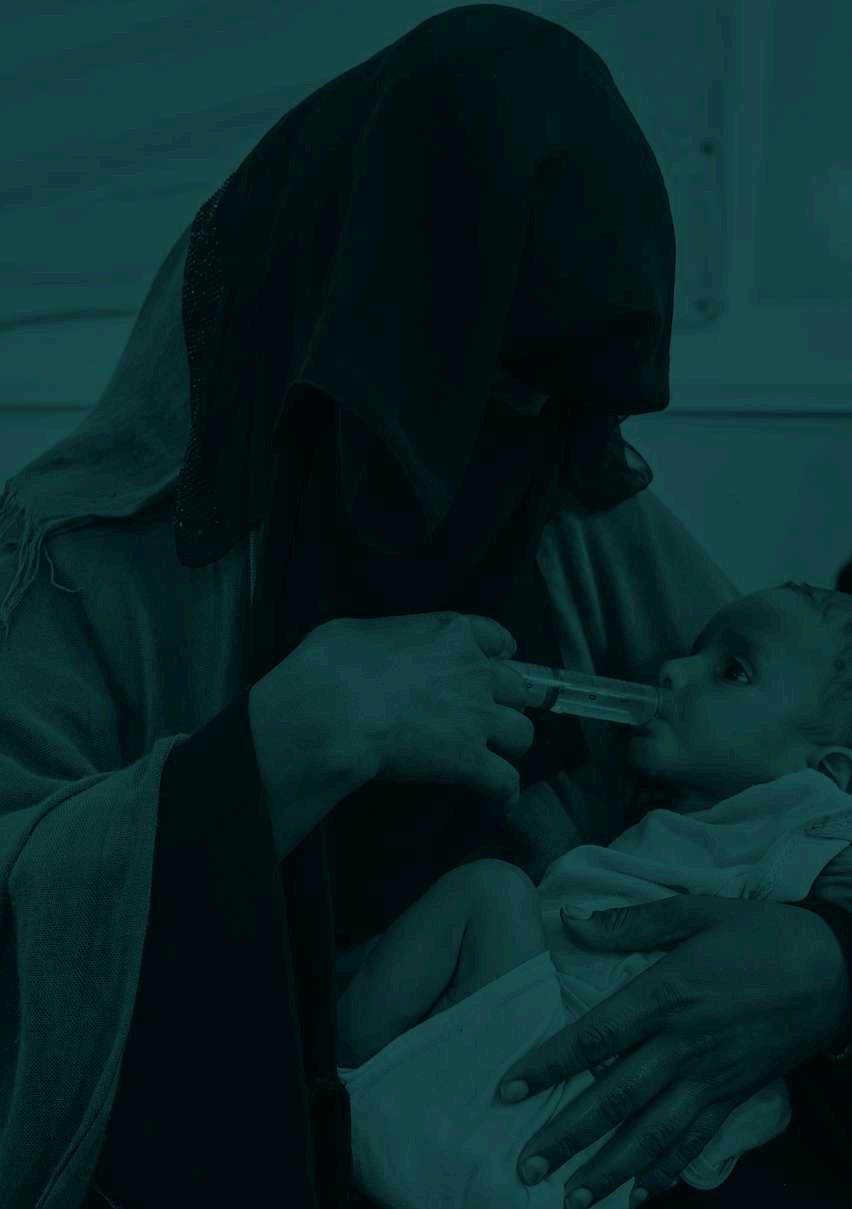

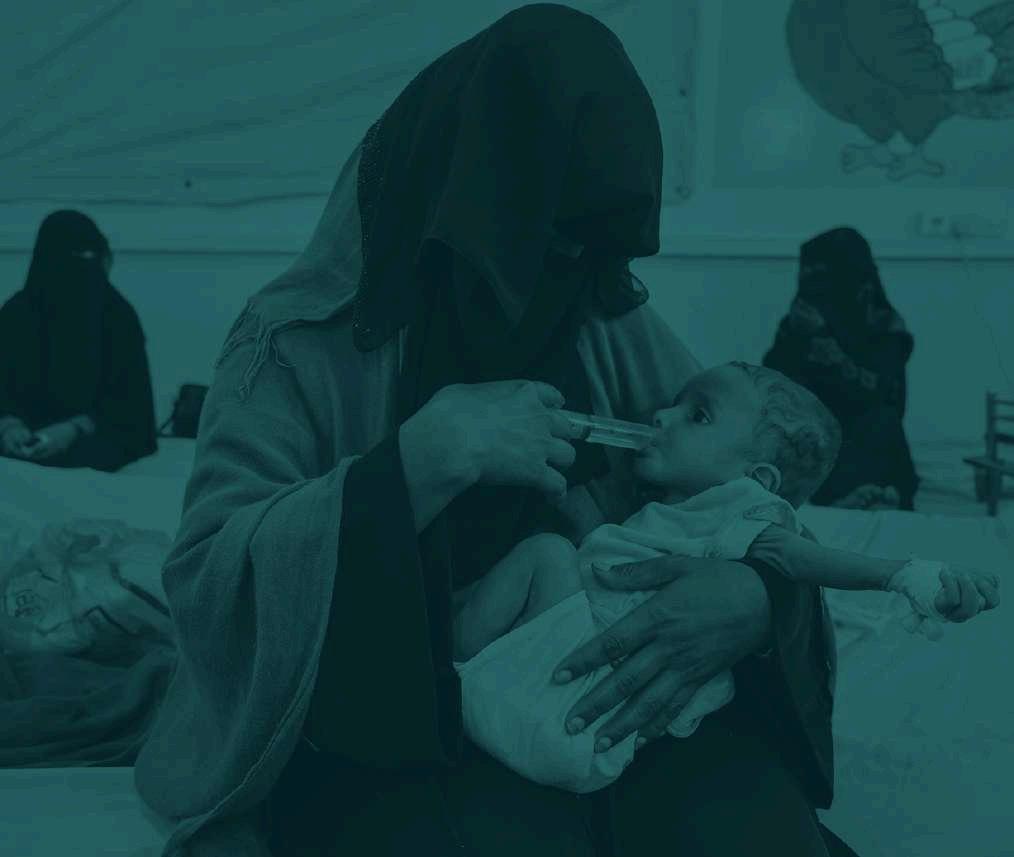











Trends in Malnutrition Admissions at MSF-Supported Facilities in Yemen. Seasonal Patterns 2022-2024
Executive Summary


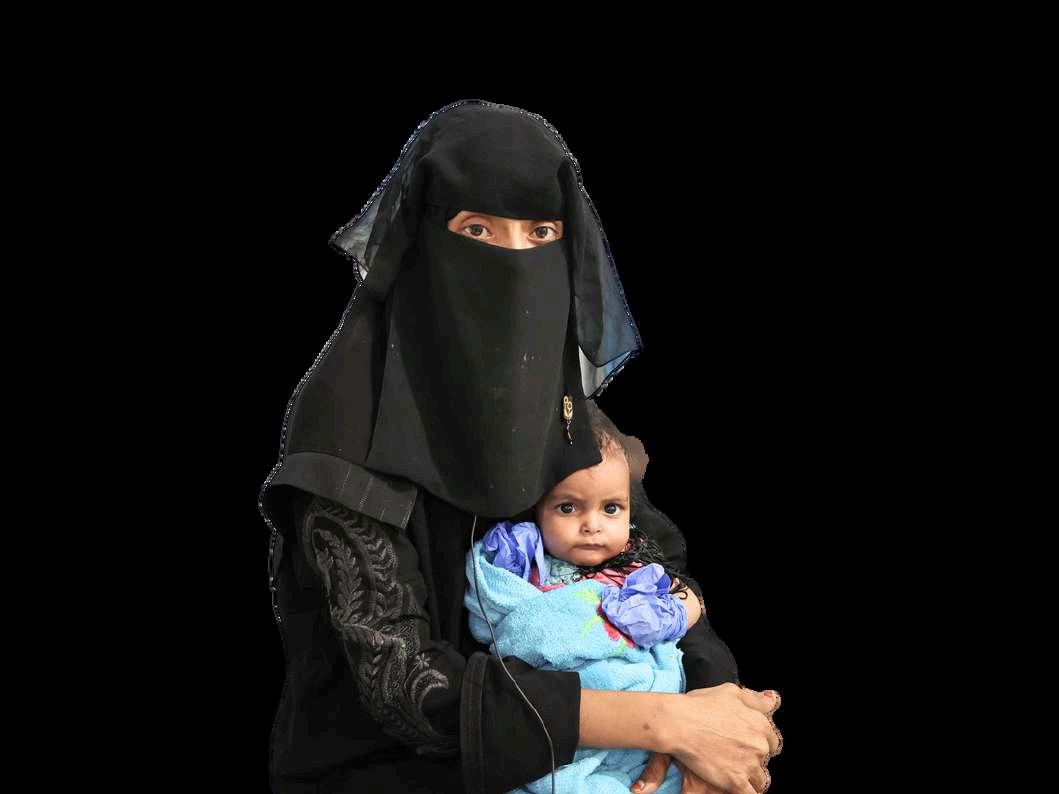
In response to malnutrition needs, MSF opened an inpatient therapeutic feeding centre (ITFC) in Ad Dahi, Hudaydah governorate, in October 2022, which has now become the largest and busiest ITFC in Yemen, treating over 10,000 children injusttwoyears.

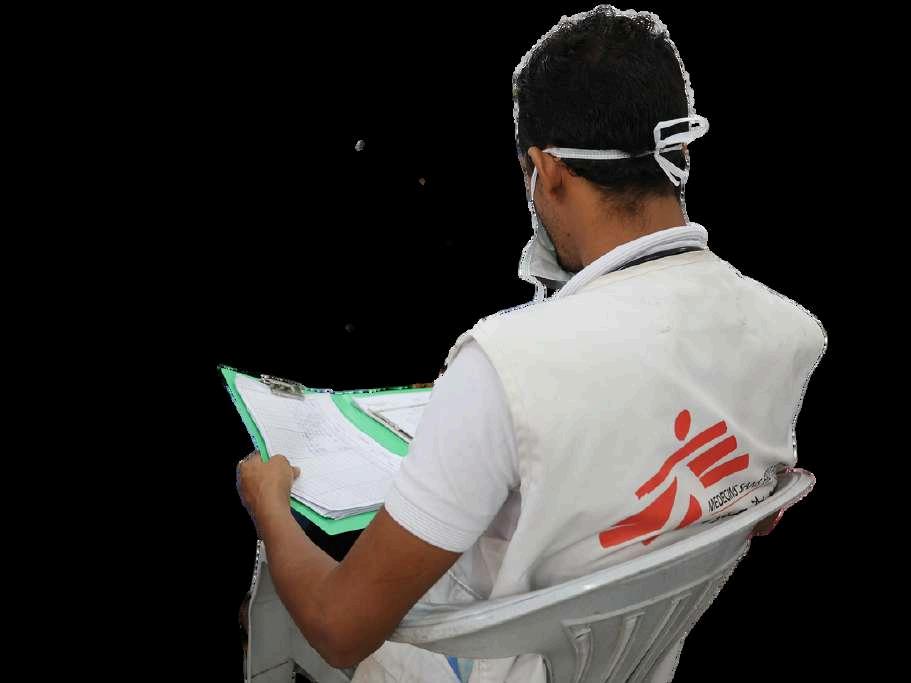
Overloaded during peak malnutrition season, Abs Hospital ITFC in Hajjah governorate recorded a staggering 200% bed occupancy rate in September 2024, followed by 176% in October – the highest levels inthelastsixyears. 3


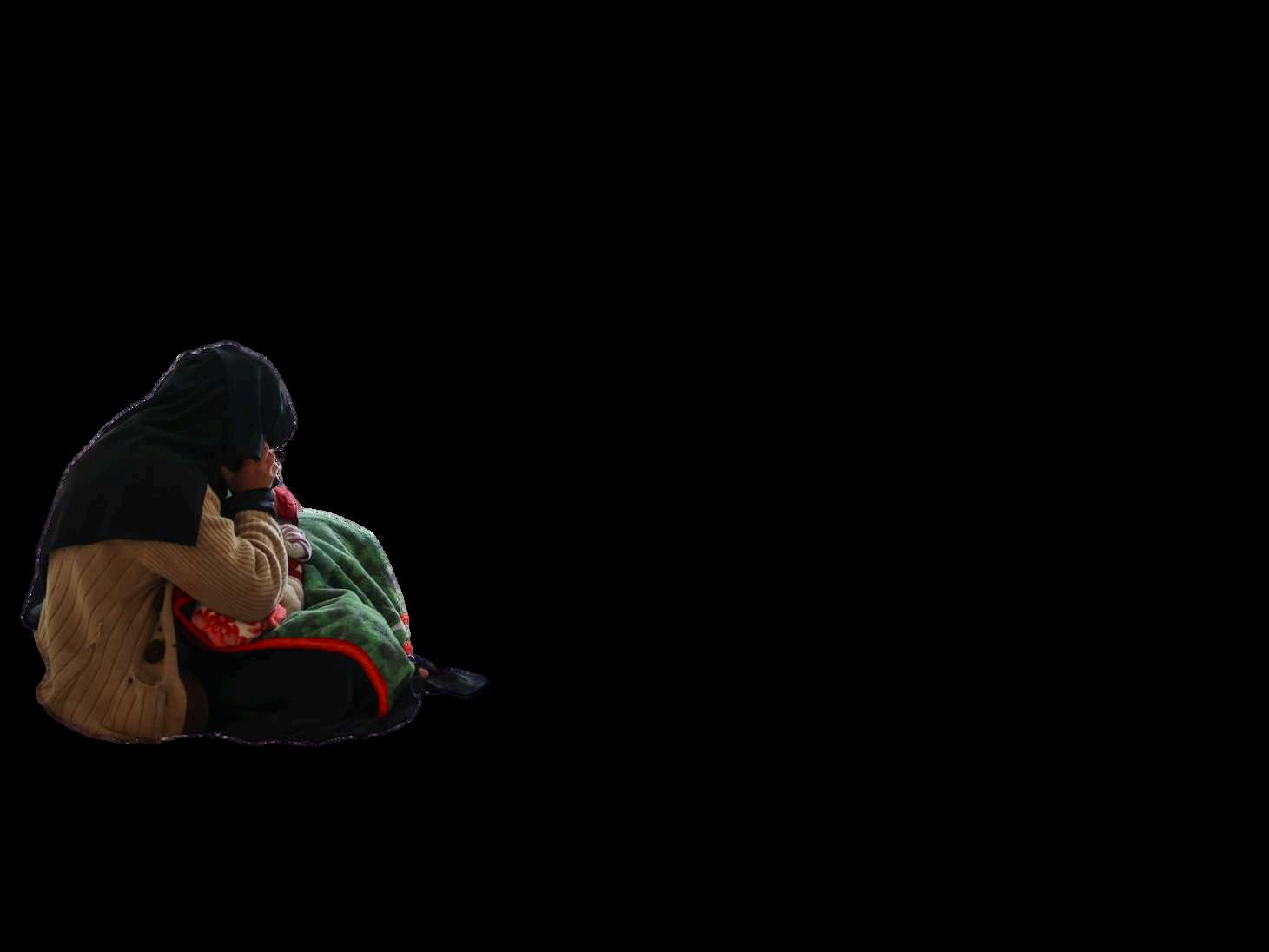

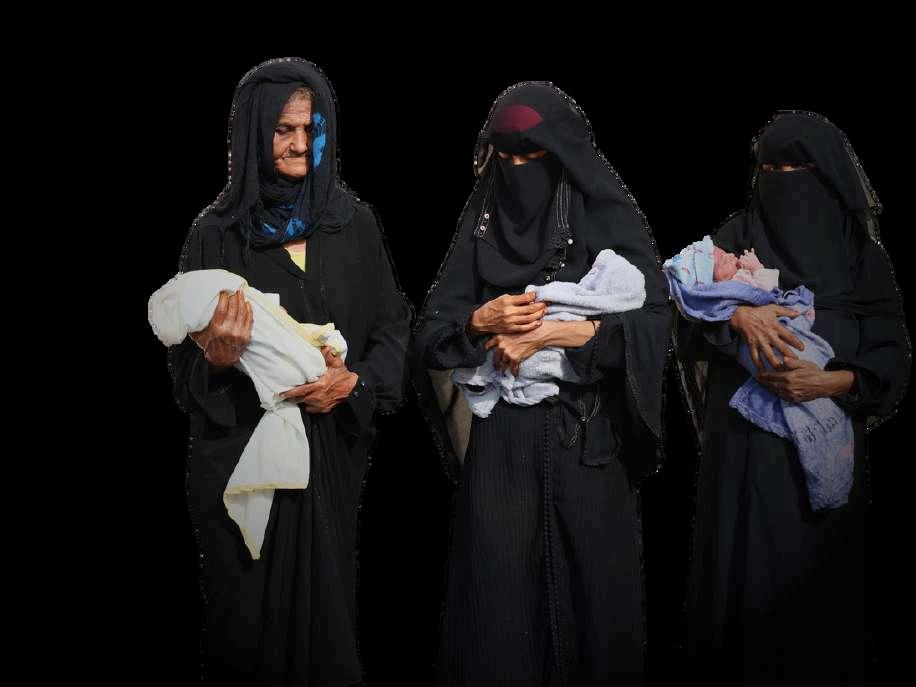
4
Yemen risks slipping into a deep hunger crisis. Médecins Sans Frontières (MSF) has recorded alarmingly high numbers of children suffering from malnutrition requiring hospitalisation, with over 35,000 children admitted to MSF-supported facilities between January 2022 and December 2024 Note that these concerning figures do not include the thousands of children that MSF has treated for malnutrition as outpatients – who did not require hospitalisation. In 2024, the malnutrition peak season pushed MSF-supported ITFCs beyond limits. With the capacity to expand to 120 beds during peak malnutrition season, Abs Hospital ITFC recorded a staggering 200% bed occupancy rate (BOR) in September 2024, followed by 176% in October –the highest levels in the last six years.
MSF has responded by expanding its treatment capacity, but Yemen’s economic downturn, high food insecurity, and low vaccination rates, combined with poor health education and a weak healthcare system, are worsening community health vulnerabilities. Cyclical malnutrition seasons are intensified by flooding during the rainy season, and outbreaks of infectious diseases of measles, cholera, malaria, and dengue fever. With dramatic cuts in humanitarian funding by the US and other major donors, improving access to healthcare and sustaining and scaling-up humanitarian response efforts in Yemen will become increasingly difficult. The sudden downscaling of over a dozen aid organisations from Yemen comes at a very concerning time, with some actors announcing their withdrawal from Yemen entirely. Meanwhile, while prevention of malnutrition through health system strengthening, food assistance, vaccination and health promotion remains crucial.
Many mothers can’t even produce the milk to feed their children because they are malnourished themselves. Whenever a mother cannot produce their own milk, they replace it with cow’s milk and dilute it. This is contributing to malnutrition in their babies.
(MSF staff in Hudaydah governorate)




5

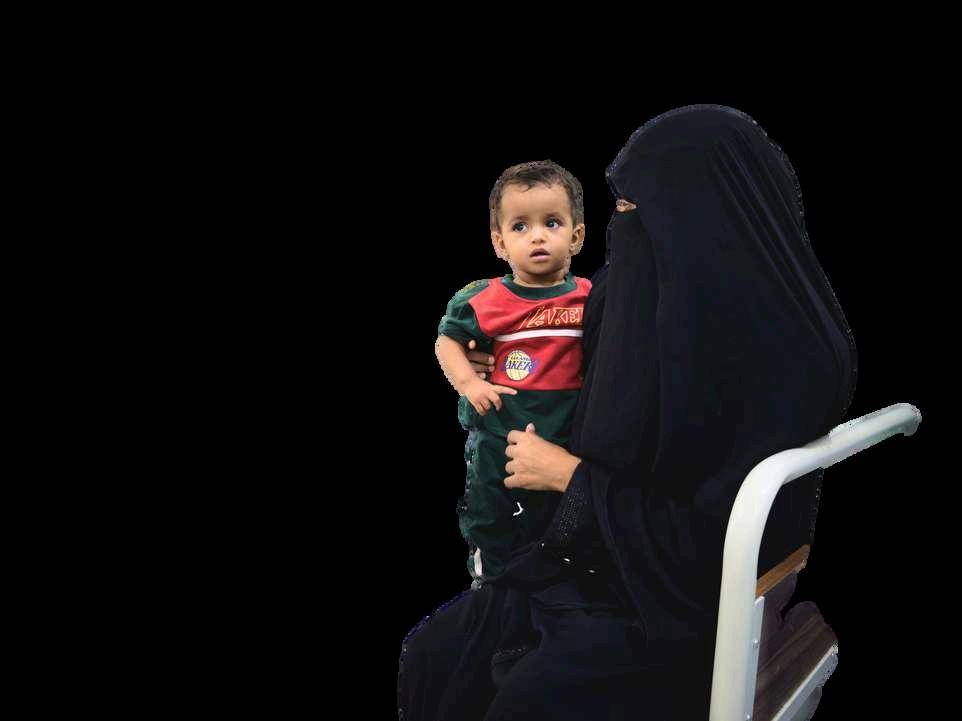
Between January 2022 and December 2024, MSF-supported facilities treated 35,442 malnourished children under the age of five (0-59-month-olds), with longer seasonal peaks and overwhelming caseloads during peak months. Around 14,000 cases were admitted in 2023, followed by over 13,500 in 2024 In an effort to respond to alarmingly high needs in recent years, MSF expanded its nutritional programmes in 2022 and 2023 by opening a 73-bed inpatient therapeutic feeding centre (ITFC) in Ad Dahi, Hudaydah governorate. This ITFC opened in October 2022 and has rapidly become the largest and busiest ITFC in Yemen, treating over 10,000 children within two years (2023 and 2024). This facility, along with five other MSF-supported inpatient centres, is regularly overwhelmed by increasing caseloads during the peak malnutrition seasons, which typically run from June to September each year, but are getting longer
35,442 malnourished children treated (Jan 2022 – Dec 2024)
14,000+ cases admitted in 2023
13,500+ cases admitted in 2024
189
inpatient therapeutic feeding centre (ITFC)
10,000+
children treated at Ad Dahi ITFC (2023-2024)
6
MSF-supported inpatient centres handling peak caseloads June – September: Peak malnutrition season (getting longer)



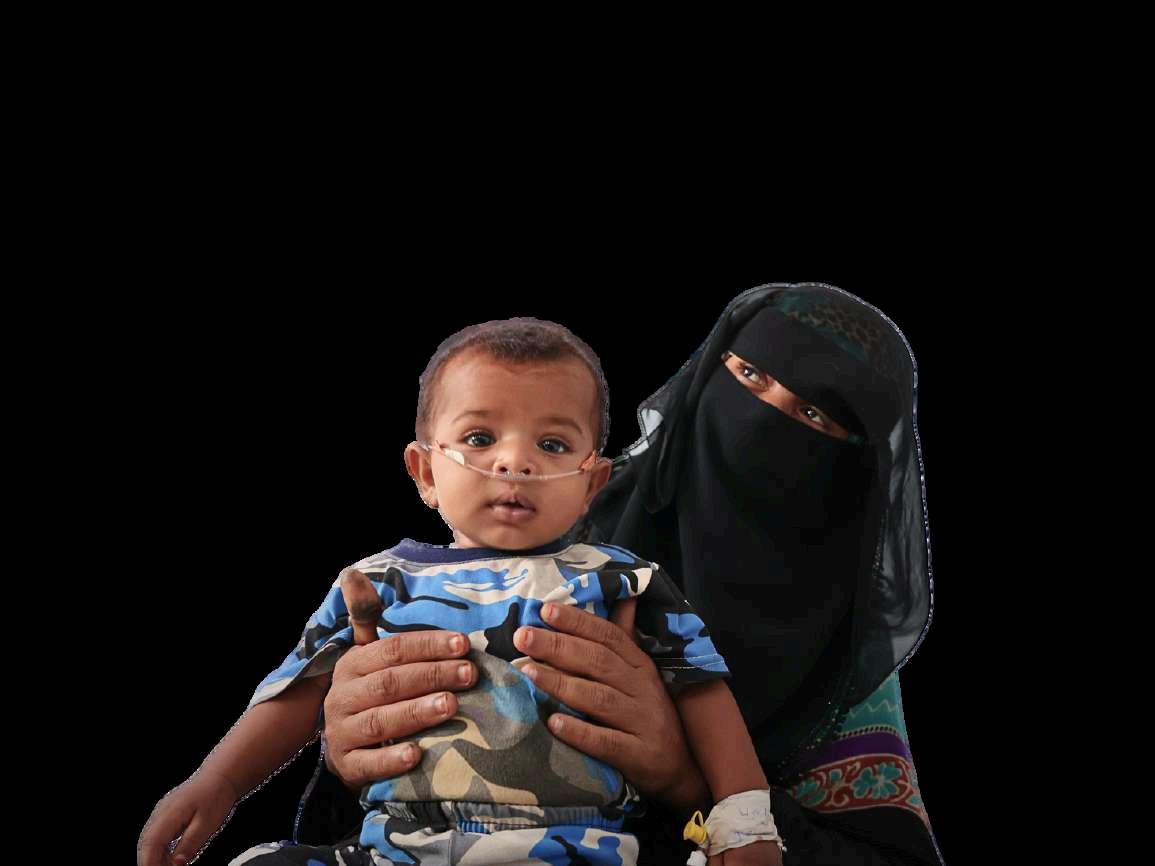

While MSF has scaled up treatment capacity, it is unable to meet all the needs, and each annual malnutrition season is leaving MSF treatment facilities overwhelmed with children in need of care, with many also suffering from measles and acute watery diarrhoea.
During the peak malnutrition season in September 2024, bed occupancy rates (BOR) in MSF-supported inpatient therapeutic feeding centres (ITFCs) reached extremely high levels in most facilities:

Abs Hospital (Hajjah), 55-bed ITFC peaked at 200% BOR in September 2024, the highest in the last six years, requiring a seasonal expansion to 120 beds.
Ad Dahi ITFC (Hudaydah), 73-bed ITFC surged to 141% BOR in September 2024, requiring a seasonal expansion to over 100 beds .
6
Al Salam ITFC (Amran), 23-bed ITFC peaked at 254% BOR in September 2024, requiring a seasonal expansion to 51 beds.
Haydan ITFC (Saada), 11 bed ITFC peaked at 136% BOR in July 2024, requiring a seasonal expansion to 22 beds.
Taiz Houban Mother and Child Hospital (Taiz), 22 beds: 88% BOR in January 2024.
Yearly average bed occupancy rates (BOR) have significantly increased, underscoring the growing demand for malnutrition support:
Abs Hospital ITFC (Hajjah): BOR surged from 64% in 2023 to 96% in 2024.
Ad Dahi ITFC (Hudaydah): 84% average BOR in 2023, dropping slightly to 75% in 2024.
Al Qanawis Hospital (Hudaydah): BOR increased from 73% in 2023 to 95% in 2024, highlighting growing demand.
Al-Salam Hospital (Amran): Faced extreme overcapacity, reaching 191% BOR in 2023 and 254% in 2024.
Haydan Hospital (Saada): BOR declined from 108 4% in 2023 to 78 1% in 2024,


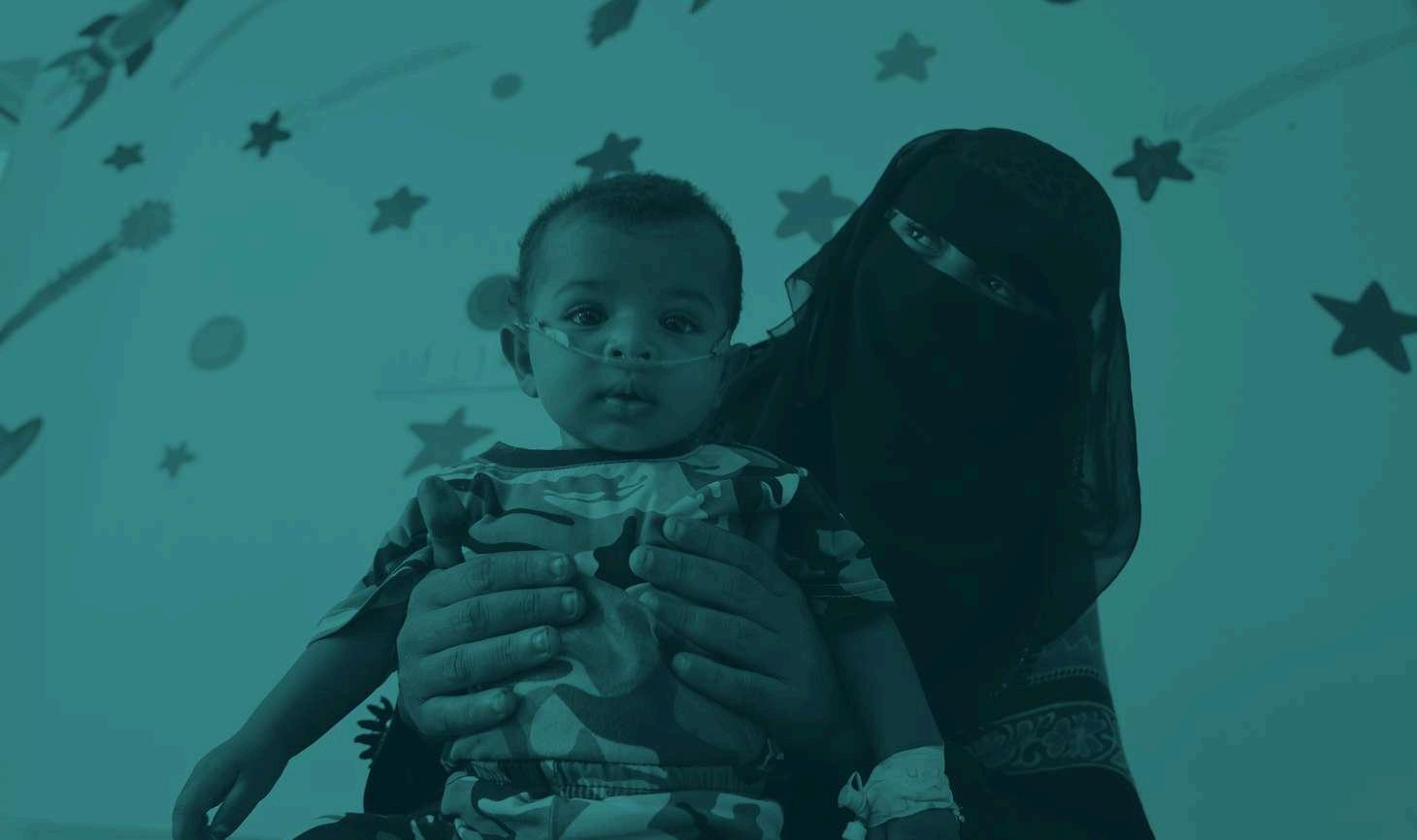
During peak malnutrition season we have to put people in the corridors, using these corridors as wards. During the outbreak of acute watery diarrhoea in 2024 we had to put the men in tents outside as we ran out of space in the hospital. It was 45oC, so hot! …but there were so many sick patients we had no choice.
(MSF staff in Hudaydah governorate)


We don’t have the means to support ourselves…I am doing small bits of work to support my family but it is never enough. We eat everyday, but we can only eat meat twice a year, during Eid, when it is given to us



MSF has been working in Yemen continuously since 2007. MSF is present in 13 governorates, treating patients suffering the long-term effects of war and conflict, including malnutrition, child and maternal care, and mental health services. We also respond to emergencies and disease outbreaks, including measles, cholera and diphtheria. This MSF report analyses admission data from MSF-supported inpatient therapeutic feeding centres (ITFCs) across Yemen from January 2022 to end-December 2024.




MSF-supported facilities in the governorates of Amran, Saada, Hajjah, Taiz, and Hudaydah have reported growing caseloads of patients with malnutrition during the summer months, when food scarcity, the rainy season and ensuing disease outbreaks exacerbate vulnerability among children and other at-risk populations. While mortality rates in MSF-supported ITFCs have generally improved or stabilised, the overwhelmingly high admissions treated by MSF indicates worsening malnutrition conditions, and necessitates enhanced medical and nutritional interventions.












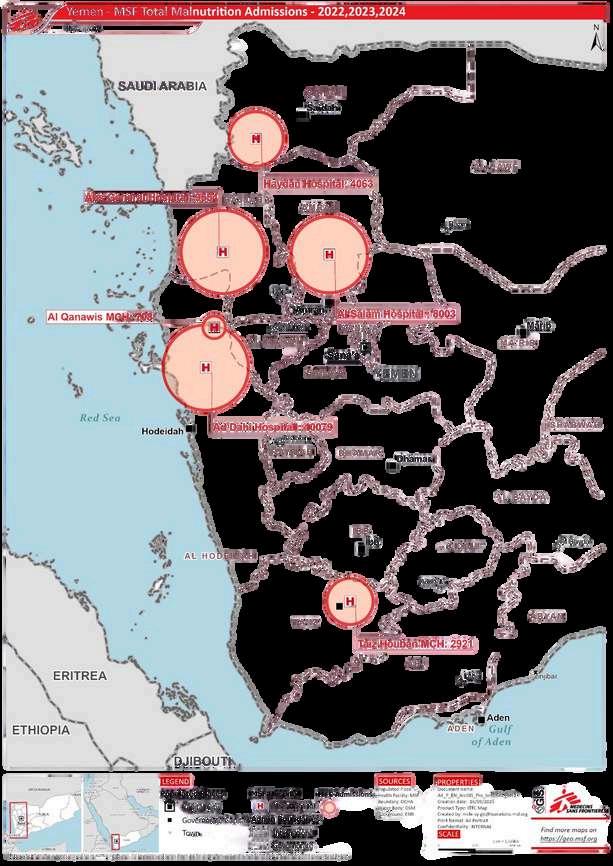


Total number of malnutrition cases treated in MSF inpatient therapeutic feeding centres (ITFCs) in Taiz, Saada, Amran, Hajjah, and Hudaydah governorates, 2022-2024
Note: The Ad Dahi ITFC in Hudaydah opened in October 2022 and Al Qanawis malnutrition treatment in Hudaydah began in May2023 DatafromallotherfacilitiescoversJanuary2022-December2024
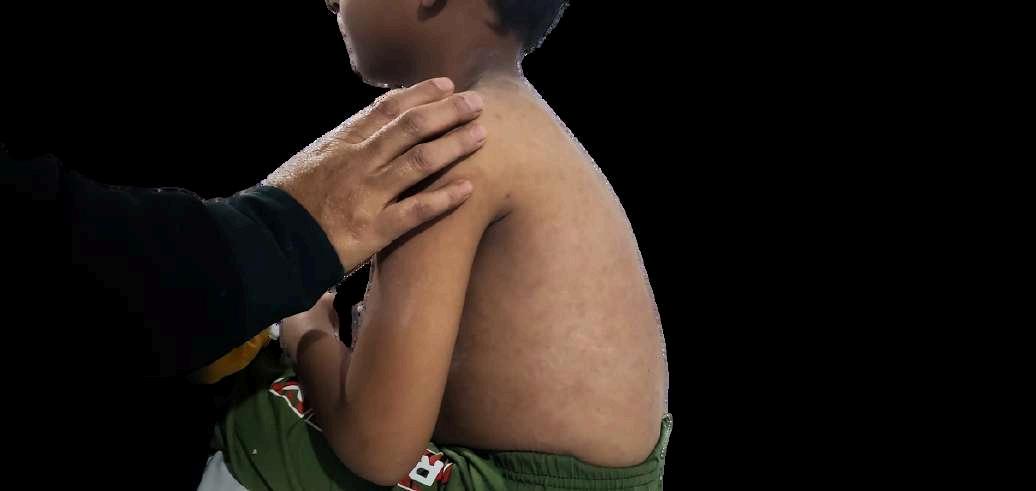
Measles cases treated in MSF-supported facilities have increased, which can be linked to declining vaccination coverage Low vaccination rates are a key driver of outbreaks The most alarming trends include:
Amran and Saada governorates: Increase from 851 cases in 2022 to 3,732 in 2024 (338% increase in 2024 compared to 2022).
Hajja governorate: Increase from 147 cases in 2022 to 707 in 2024 (380% increase in 2024 i d t 2022)


We are receiving a lot of malnourished children with complications. Some of the major reasons are lack of immunisation and lack of ability to buy food. This situation needs immediate attention… We need access to communities at primary healthcare level to understand better.
(MSF staff, Hudaydah governorate)






Funding deficits: Chronic underfunding of health, nutrition, and WASH sectors has limited both the scope and quality of humanitarian assistance. The impacts of sudden cuts to US assistance and reductions from other major donors is already dramatic. Yemen Humanitarian Response Plan funding dropped 43%, from $2.3bn in 2022 to $1.3bn in 2024, and US funding was contributing to over half of the HRP.
Lack of food assistance: WFP’s General Food Assistance programme supported 9.5 million people in north Yemen, but was suspended in November 2023 due to significant challenges, worsening food insecurity.

Dysfunctional primary healthcare system: Around half of Yemen’s healthcare facilities are closed or dysfunctional, limiting access to care and overwhelming secondary healthcare centres.
Supply chain breakdowns: Inconsistent delivery of therapeutic foods (e.g. RUTF) and essential medicines disrupts treatment continuity. The humanitarian funding crisis is exacerbating this.
Lack of follow-up mechanisms: Discharged malnourished patients, including those with SAM and measles, face high relapse rates due to persistent economic hardships and lack of follow-up care.

Vaccination gaps, outbreaks and poor water and sanitation infrastructure: Large gaps in vaccination, lack of vaccination acceptance, infectious disease outbreaks of measles, AWD, malaria, dengue, recurrent flooding and Yemen’s inadequate water and sanitation (WASH) infrastructure all increase malnutrition risks.
Socioeconomic barriers: Families facing extreme poverty often sell or redistribute therapeutic food, undermining malnutrition recovery outcomes.
Lack of community-based activities: Limited community access and health education hinder early detection and prevention of malnutrition This also reduces awareness of good health and breastfeeding practices.
Access and insecurity: Humanitarian space continues to shrink as health and humanitarian actors struggle with Yemen’s complex operational environment.

It is rare to find a family in Abs that can have three meals a day. Children get treated at ITFCs but when they go back, they don’t have any complementary food back home
US donor funding contributed a striking $768 million to Yemen’s Humanitarian Response Plan (HRP) in 2024 – accounting for over 50% of all donor funding to Yemen last year, followed second only by the United Kingdom, with $140 million (9.4%). The recent US Stop Work Order is concurrent with the designation of Ansar Allah (AA) authorities in the north of Yemen as a Foreign Terrorist Organisation (FTO) by the new US administration on 4 March 2025. The absence of a safeguard under US law to fully protect humanitarians against the risk of liability for deemed provision of “material support” to AA, as a newly designated FTO, as well as the associated banking restrictions that are expected, are resulting in further donor hesitancy.
Combined with the devastating US funding cuts and the unpredictability of waivers, the downscaling and even departure of over a dozen organisations from Yemen has already begun, as the context becomes too complex and insecure for organisations to operate in.



Yemen’s worsening humanitarian crisis is exacerbated by donor fatigue and drastic funding cuts, including the latest USAID suspension. Immediate, flexible, and sustained funding from alternative donors as well as EU and Gulf states is essential to moderate the impact.
To emerging and existing donors, including EU and Gulf countries, seeking to step up their commitments in view of dramatic new funding gaps:

Address USAID suspension: Gulf states and other donors with available resources must step up to help cover at least part of the $768 million gap to support critical programmes in health, nutrition, and WASH.
Reverse funding cuts: Countries like The Netherlands, Germany, Belgium, France, the UK must reconsider recently announced reductions. Political agendas should be delinked from humanitarian crisis response and overseas development assistance
Collective international solidarity is a must.
Ensure funding flexibility and predictability: Align funding with predictable, cyclical needs for predictable, cyclical trends, like those of malnutrition, disease outbreaks and floods during rainy seasons. Prevention is always preferable to emergency response.
Strengthen regional coordination: Amid restructuring of the Humanitarian Response Plan (HRP), donors, UN agencies, and regional stakeholders must not reduce essential assistance, and should target interventions to preserve lifesaving activities.
Depoliticise humanitarian aid: MSF calls on all states, donors, and national authorities to ensure neutral, independent, and unhindered access to assistance in both north and south Yemen


The inadequacy of primary healthcare, low vaccination rates, and food insecurity demand urgent investment
To donors, implementing actors, and MoH seeking to strengthen primary health and nutrition services:
Expand malnutrition services at community level through outpatient therapeutic programmes (OTPs) and early detection, especially at the community level and including health education.
Strengthen primary healthcare collaboration between the MoH, donors, and implementing partners to rebuild functionality and community trust in primary healthcare
Integrate health, nutrition, and WASH responses to prevent disease outbreaks. Scale up vaccination campaigns against measles, cholera and other preventable diseases, supported by GAVI, WHO, and UNICEF, keeping in mind that 70% of people in Yemen live in remote areas.
Invest in maternal and child health, including ante- and post-natal care and exclusive breastfeeding awareness, to prevent malnutrition and ensure continuity of reproductive health services.
Enhance healthcare worker training and supervision for better treatment capacity at stabilisation centres, outpatient therapeutic programmes (OTPs), and primary healthcare facilities


Cuts to food assistance since 2023 have worsened malnutrition and food insecurity.
To donors, WFP, FAO, MoH, the Nutrition and Food Security Clusters, and Yemeni authorities:
Increase targeted food aid, especially for children under five and pregnant/breastfeeding women and girls.

Restore General Food Assistance (GFA) in northern Yemen where food insecurity is most severe. MSF calls on authorities to foster accountability mechanisms and collective working with WFP to enable the restoration and expansion of general food distributions at scale, especially to rural areas where 70% of Yemen’s population reside. Ensure unhindered food distributions with safe and regular access, prioritising vulnerable communities
Expand cash-based assistance where feasible, to enable sustainable access to food for vulnerable communities, and to increase families’ resilience to external shocks.
Significant operational challenges include regional instability, airstrikes on Yemen, movement restrictions on aid workers, and the detention of humanitarian and civil society workers in northern Yemen, impacting the willingness and ability of organisations to effectively operate. Addressing these issues is crucial in ensuring that aid reaches those who are most in need
To national authorities, the diplomatic community, donors, and humanitarian actors in Yemen:
Protect humanitarian workers and facilitate the work of humanitarian actors, including legal protections of humanitarian responders against counter-terrorism measures
Improve humanitarian access so that health, nutrition, and vaccination services reach those in need. Authorities must prioritise the needs of the population, and all stakeholders must strive for collaborative access In 2025 flexibility is key as the number of humanitarian organisations reduces in Yemen, demanding more agility from the remaining responders, and more flexibility and sustained funding from donors. Ensure compliance with International Humanitarian Law to prevent attacks on healthcare, humanitarian actors, civilians, and civilian infrastructure. IHL is nonnegotiable.
Strengthen humanitarian notification systems for safe operations during conflict.


Yemen’s malnutrition and disease outbreak situation risks slipping into a neglected, silenced humanitarian situation. Coupled with a reduction in humanitarian response capacity, without collaborative efforts to improve the operational working environment in Yemen and without urgent international action from donors, the already fragile situation will only deteriorate further.



